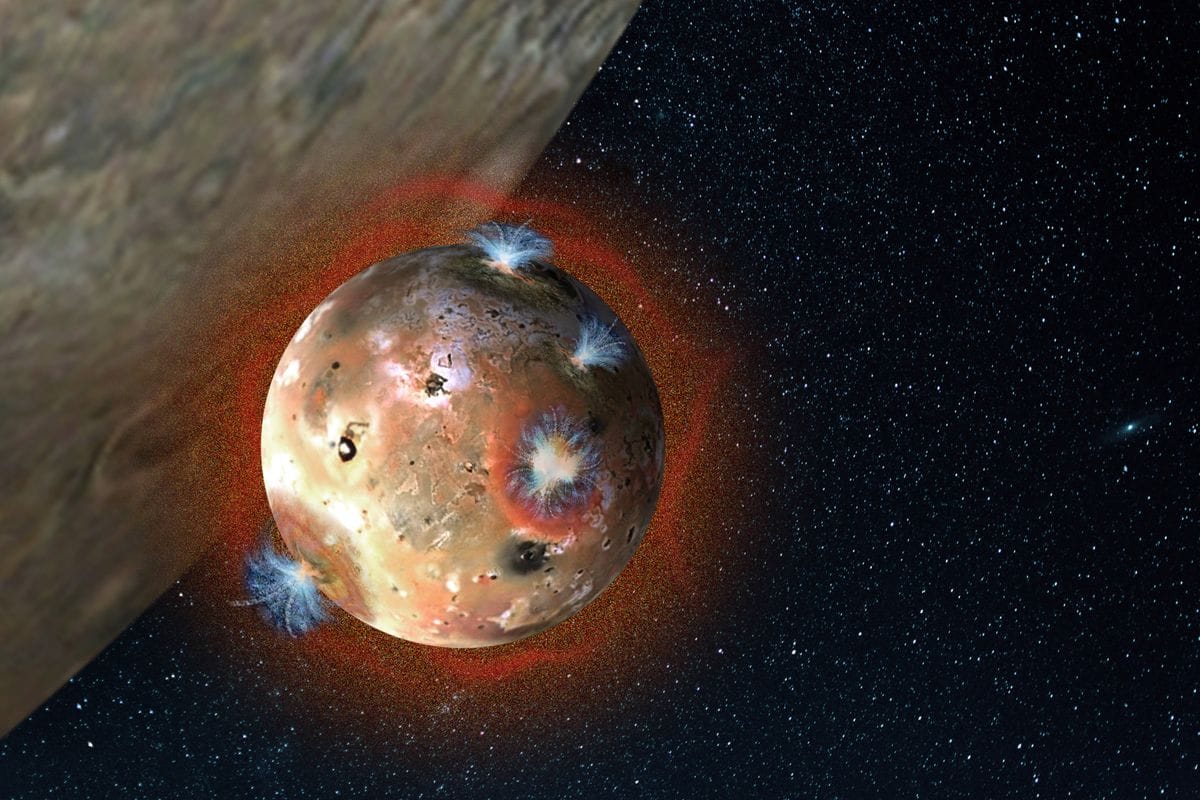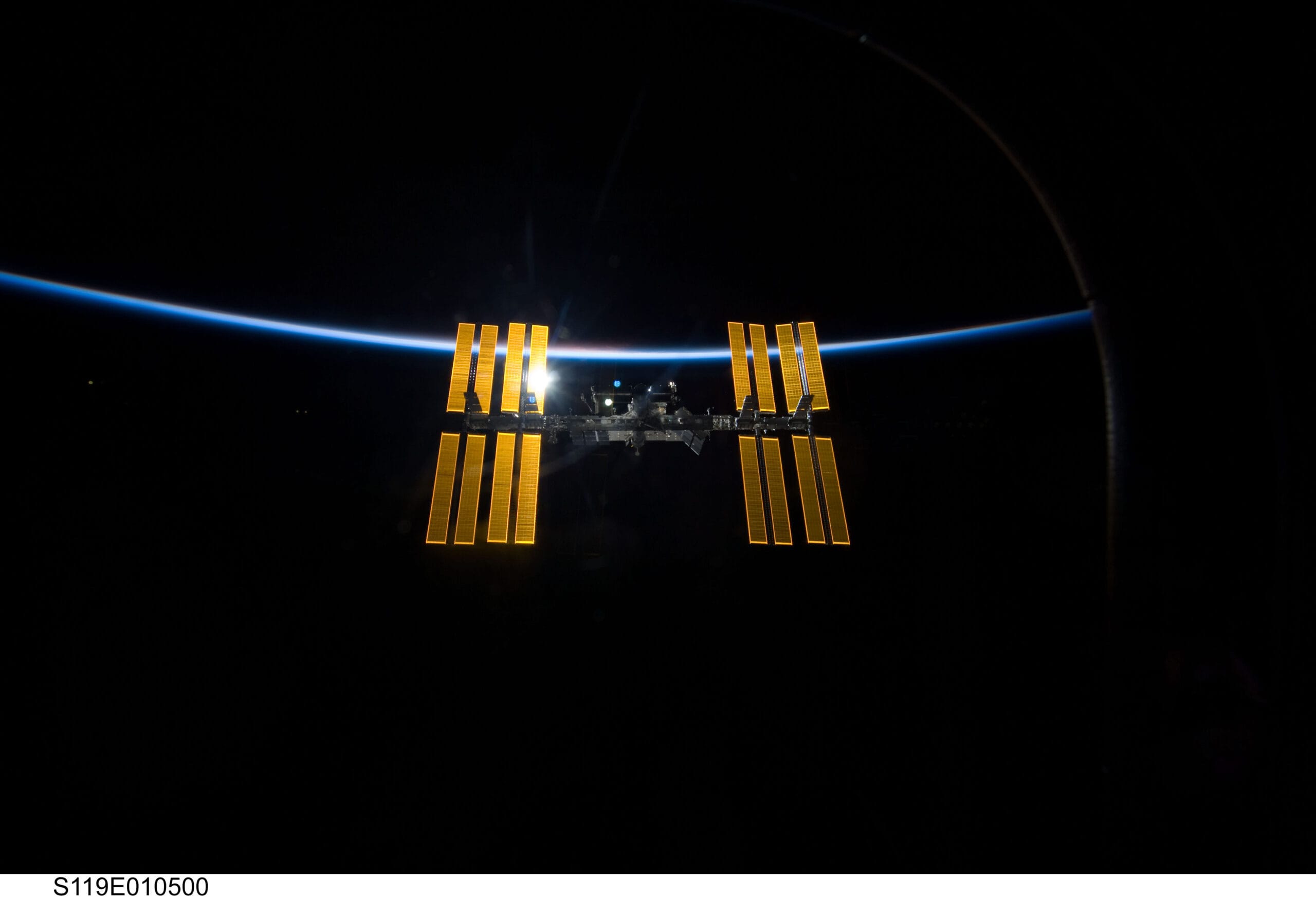The exploration of our solar system continues to reveal fascinating insights into the celestial bodies that inhabit it. One of the most intriguing of these is Io, one of Jupiter’s numerous moons, renowned for its intense volcanic activity. Recent studies have built upon the foundational discoveries made by the Voyager 1 spacecraft, which first captured the public’s imagination with its images and data of Io in the late 1970s. The new observations have not only confirmed earlier theories but have also provided answers to questions that have puzzled scientists for decades.
Io is the most geologically active body in our solar system, with hundreds of volcanoes that erupt with sulfur and sulfur dioxide. The moon’s surface is characterized by a landscape that is constantly reshaped by volcanic activity, making it a unique subject of study. The recent observations have utilized advanced imaging techniques and spectrometry, allowing researchers to analyze the surface composition and thermal emissions of Io in unprecedented detail.
One of the significant findings from these observations is related to the heat flow on Io’s surface. The data indicates that the volcanic activity is not evenly distributed across the moon, which suggests that there are underlying processes that dictate where and when eruptions occur. This uneven distribution of heat is likely caused by the gravitational interaction between Io and Jupiter, as well as the influence of the other Galilean moons—Europa, Ganymede, and Callisto. These gravitational interactions create tidal heating within Io, a phenomenon that is crucial for maintaining its volcanic activity.
The research team has also identified new volcanic features that were previously undetected. High-resolution images reveal large lava flows and extensive deposits of volcanic material that indicate recent eruptions. These findings are significant because they provide insight into the current state of volcanic activity on Io, suggesting that it is still an active and dynamic environment. Furthermore, the presence of sulfur and its compounds on the surface supports the hypothesis that Io has a complex and varied geology, influenced by both internal and external factors.
Another critical aspect of this research is its implications for our understanding of planetary processes. The extreme conditions on Io serve as a natural laboratory for studying geological phenomena that may occur on other celestial bodies. By examining how Io’s volcanism operates, scientists can draw parallels with volcanic activity on Earth and other planets, potentially uncovering universal principles of planetary geology.
Moreover, the findings contribute to the broader quest to understand the habitability of other moons and planets. While Io is inhospitable to life as we know it, the mechanisms that drive its volcanic activity could offer insights into environments that might support life. For instance, Europa, another of Jupiter’s moons, is believed to harbor a subsurface ocean beneath its icy crust. Understanding the geological processes on Io may help scientists evaluate the potential for life in similar environments elsewhere in the solar system.
The data collected from these recent observations will also inform future missions to Jupiter and its moons. NASA’s upcoming Europa Clipper mission aims to explore Europa in detail, and the knowledge gained from studying Io will be invaluable in interpreting the findings from this mission. Additionally, the success of the observations demonstrates the capabilities of modern technology in planetary science, paving the way for more in-depth studies of other celestial bodies.
In conclusion, the new observations of Io represent a significant advancement in our understanding of this volcanic moon. By building on the legacy of Voyager 1 and utilizing contemporary technology, researchers have begun to unravel the complexities of Io’s geological activity. These findings not only solve long-standing mysteries but also enhance our knowledge of planetary processes throughout the solar system. As we continue to explore these distant worlds, the insights gained from Io will undoubtedly shape our understanding of the universe and our place within it.


